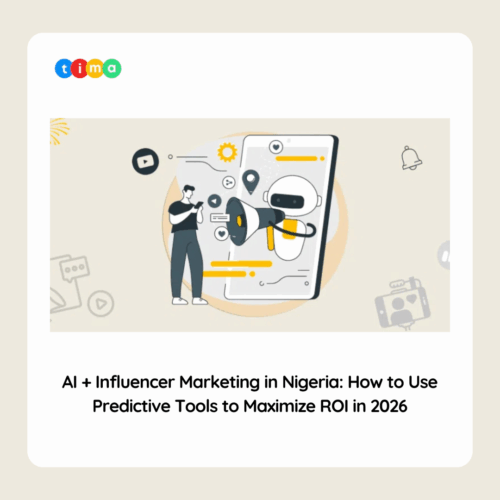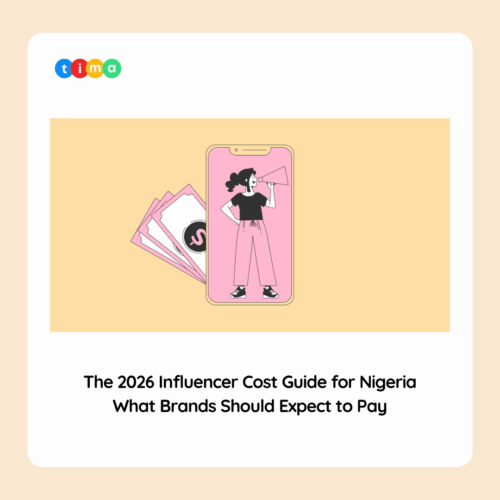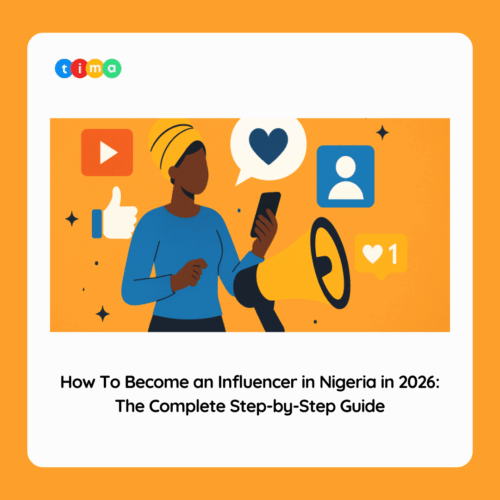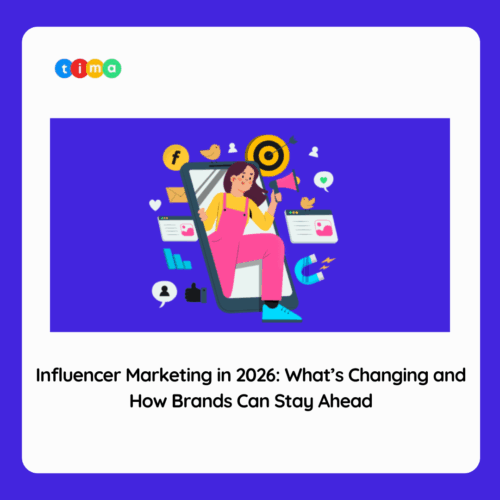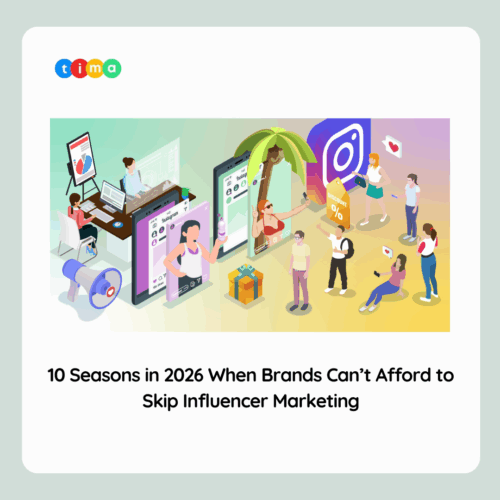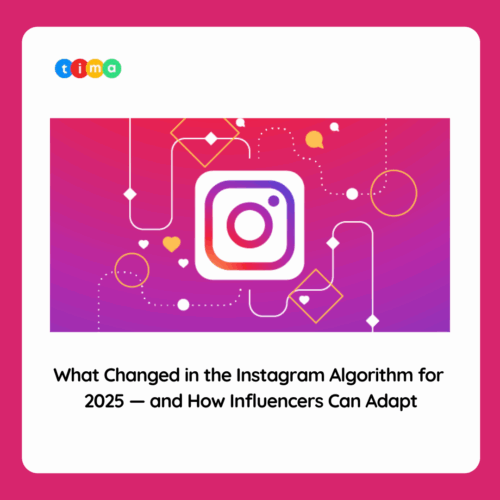The rise of influencer marketing has not only revolutionized the world of e-commerce but has also become a formidable $16.4 billion industry. This lucrative sector has reshaped the way businesses, both small and large, connect with their target audience. By harnessing the power of social media influencers, companies have discovered a novel and highly effective avenue to significantly boost e-commerce sales.
In recent years, the e-commerce landscape has undergone a remarkable transformation, driven by technological advancements and shifts in consumer behaviors. Amidst this evolution, the ascent of influencer marketing stands out as one of the most significant trends. This article delves into the intricacies of influencer marketing, examining its evolution, the formidable power it holds, and its potential to shape the future of e-commerce.
The Genesis of E-Commerce
To understand the evolution of e-commerce, it is crucial to trace its origins. E-commerce, short for electronic commerce, began to gain traction in the 1990s with the advent of the Internet. The concept of buying and selling goods online disrupted traditional retail models, offering consumers a convenient and efficient alternative. Initially, e-commerce platforms focused on providing a digital storefront for businesses, facilitating transactions over the Internet.
The Technological Revolution
The early 2000s witnessed a technological revolution that further propelled the e-commerce sector. Improved internet infrastructure, secure online payment gateways, and the proliferation of smartphones revolutionized the way people shopped. E-commerce platforms have evolved from simple websites to sophisticated marketplaces, offering a diverse range of products and services. The integration of data analytics and artificial intelligence also played a pivotal role in enhancing user experiences and personalizing recommendations.
The Social Media Boom
As the 2010s unfolded, social media platforms became ubiquitous, reshaping the way individuals communicated and consumed information. The emergence of platforms like Facebook, Instagram, Twitter, and YouTube provided a new avenue for brands to connect with their audience. Social media not only become a platform for communication but also a space for digital expression and lifestyle curation.
The Rise of Influencer Marketing
Amid the social media boom, a new phenomenon emerged: influencer marketing. Influencers, individuals with a substantial following on social media platforms, began to wield significant influence over consumer preferences. Brands quickly recognized the potential of partnering with influencers to reach their target audience in a more authentic and relatable way.
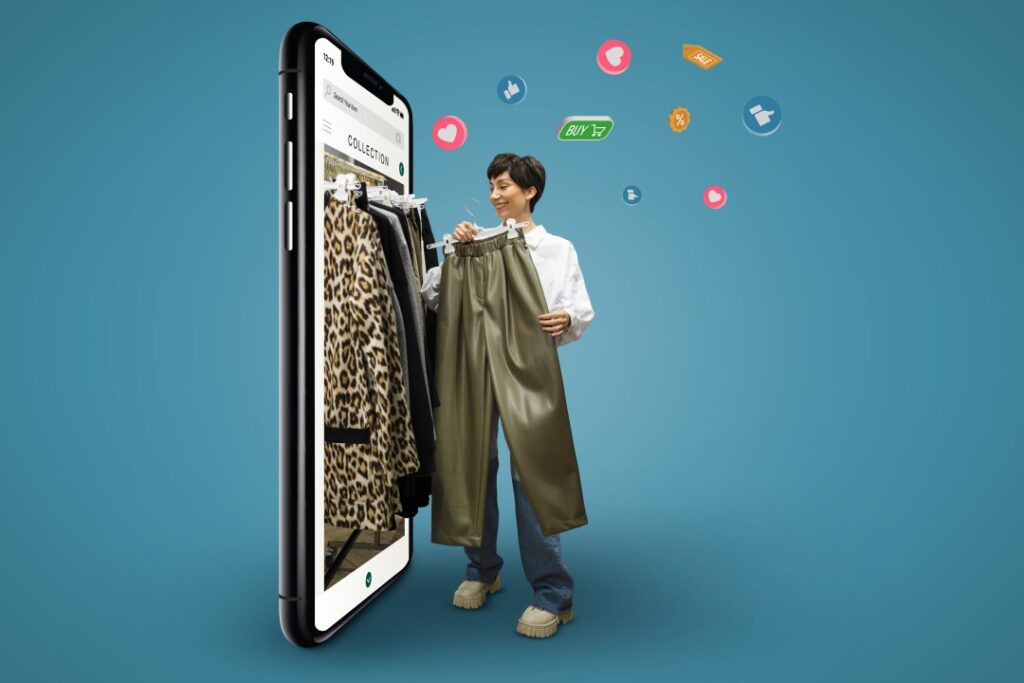
Evolution of Influencer Marketing in E-Commerce
Early Days and Authenticity
In the initial stages, influencer marketing was marked by genuine and authentic collaborations. Influencers shared their personal experiences with products, building trust with their audience. This authenticity resonated with consumers who sought honest recommendations from individuals they admire
Platform Diversity
As the influencer marketing landscape matured, brands began to diversify their collaborations across various social media platforms. Instagram, with its visually appealing format, has become a hotspot for fashion, beauty, and lifestyle influencers. YouTube emerged as a platform for in-depth product reviews and tutorials, while Twitter and Facebook continued to serve as spaces for real-time engagement.
Micro-Influencers and Niche Markets
The industry also witnessed the rise of micro-influencers—individuals with smaller but highly engaged follower bases. This shift allowed brands to tap into niche markets and target specific demographics with precision. Micro-influencers, being perceived as more relatable, often generate higher levels of trust among their followers.
Data-Driven Strategies
Advancements in data analytics empowered brands to refine their influencer marketing strategies. Analyzing engagement metrics, reach, and audience demographics became integral to measuring the success of campaigns. Brands began to leverage technology to identify the most suitable influencers for their target market, ensuring a higher return on investment.

The Power of Influencer Marketing in E-Commerce
Building Trust and Authenticity
Influencers, by nature of their close connection with their audience, have the ability to build trust and authenticity. When influencers endorse a product or service, their followers often perceive it as a personal recommendation, contributing to a sense of credibility that traditional advertising struggles to achieve.
Enhanced Visibility and Reach
Collaborating with influencers provides brands with unparalleled visibility and reach. Influencers have built-in audiences that brands can tap into, allowing them to extend their reach far beyond traditional advertising channels. This exposure is particularly potent for new or niche products looking to make a mark in competitive markets.
Humanizing Brands
Influencers play a crucial role in humanizing brands. Through behind-the-scenes content, personal anecdotes, and relatable interactions, influencers create a connection between the brand and its audience. This human touch fosters a sense of community and loyalty, turning followers into customers and brand advocates.
Dynamic Content Creation
In the age of short attention spans and information overload, influencers excel at creating dynamic and engaging content. Whether it’s a captivating Instagram story, an entertaining YouTube video, or a thought-provoking tweet, influencers understand how to capture and maintain the attention of their audience—a skill that traditional advertising often struggles to replicate.

The Future of E-Commerce and Influencer Marketing
Integration of Augmented Reality (AR) and Virtual Reality (VR)
The future of e-commerce will likely see the integration of augmented reality (AR) and virtual reality (VR) into influencer marketing strategies. AR and VR technologies offer immersive experiences that enable consumers to virtually try products before making a purchase. Influencers, through these technologies, can provide a more interactive and personalized shopping experience for their followers.
Continued Rise of Micro-Influencers
Micro-influencers are expected to play an increasingly significant role in the future of influencer marketing. Their ability to connect with niche audiences and maintain a higher level of engagement positions them as valuable partners for brands looking to target specific demographics. Brands may prioritize quality over quantity, focusing on building meaningful relationships with micro-influencers.
Regulation and Transparency
As the influencer marketing industry continues to grow, there is likely to be increased scrutiny and regulation. Regulatory bodies may implement guidelines to ensure transparency in influencer-brand collaborations, addressing issues related to authenticity, disclosure, and ethical practices. This shift could lead to a more standardized and accountable influencer marketing landscape.
Rise of E-Commerce Platforms with Built-In Influencer Integration
E-commerce platforms may evolve to incorporate built-in influencer integration, allowing brands to collaborate with influencers within the platform seamlessly. This integration could streamline the influencer marketing process, providing brands access to influencer networks and simplifying campaign management.
Conclusion
In conclusion, the evolution of e-commerce has been marked by technological advancements, changing consumer behaviors, and the transformative power of influencer marketing. From its humble beginnings as a digital storefront to the dynamic landscape we see today, e-commerce continues to redefine the way we shop and interact with brands. Influencer marketing, with its ability to build trust, enhance visibility, and humanize brands, has become a driving force in this evolution, shaping the future of e-commerce in ways that were once unimaginable. As we look ahead, the integration of augmented reality, the continued rise of micro-influencers, increased regulation, and the seamless integration of influencers into e-commerce platforms are poised to further reshape the e-commerce and influencer marketing landscape, unveiling new opportunities and challenges for brands and influencers alike.



